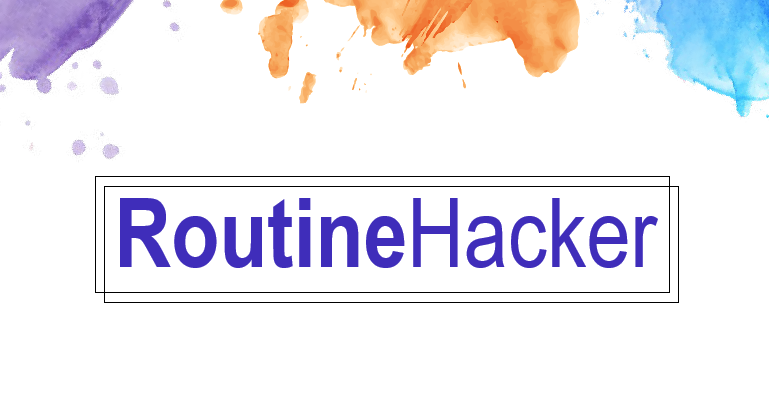“I have no special talent. I am only passionately curious.”
– Albert Einstein

Wellness Tip:
Cultivate “I-Curiosity”
Curiosity makes you smarter, so they say. But did you know there are two types? Psychologists have dubbed them D-curiosity and I-curiosity (D=deprivation, I=interest).
Deprivation curiosity is when you have an information gap to fill (you want to know the name of a movie or see what your boss is texting you about).
Interest curiosity is generally wanting to learn more about something – like when you go down an internet rabbit hole learning interesting facts about cheese.
Cultivating I-Curiosity makes us more open and engaged with the world. Turns out it can also be useful in easing anxiety.
For TED Ideas, Judson Brewer PhD breaks down how and offers a 2-minute exercise you can do at home. Give it a try here and see if you can awaken your I-Curiosity today.
Productivity Tip:
Overcome Imposter Syndrome
Ever feel like you’re not as competent as people think… and any moment you might be found out as a total fraud? Yep – welcome to the club!
It’s called Imposter Syndrome, and even those at the top of their field experience it (uh, just ask Meryl Streep, Tom Hanks, Maya Angelou, Michelle Obama… the list goes on!)
According to Valerie Young, a world-leading expert on Imposter Syndrome, the only way to stop feeling like an imposter is to stop thinking like one.
That means seeing criticism as a chance to grow; being disappointed – but not ashamed – by failure; and being ok with asking for help or admitting when we don’t know the answer.
It’s not an easy thing to overcome, but changing your thinking can make a difference. Check out this article or this talk by Dr. Young to learn more.
Routine Breakdown
Shanika Hillocks, Digital Strategist, Marketing Consultant & Podcast Host

“Since quarantine, I’ve leaned heavily into a morning routine,” says Shanika Hillocks, Head of influencer marketing at the largest winery in the country. “I’m most energetic and alert at this time of day, so I take full advantage of that energy.” She:
- Gets minimum 8 hours sleep. “Sleep is the most accessible form of wellness and it keeps me looking, feeling, and performing at my best.”
- Wakes between 6:30 to 7:00 am “to optimize my morning and savor my routine”.
- Drinks water and sits in her favorite rocking chair where she takes a few focused deep breaths or starts a brief guided meditation.
- Has breakfast, then “flips” into work mode, lighting palo santo or incense to cue the transition.
Why it works:
- Getting enough sleep protects our mental health, physical health, and quality of life.
- Meditation – whether guided or unguided – has a multitude of benefits. Even the simple practice of deep breathing can help with managing stress.
- Transition rituals make it easier for our brains to switch between tasks.
A pre-work transition ritual can involve anything from music to coffee to a short mantra you repeat to yourself. Do it consistently, and your brain will start to recognize it as a cue to enter “work mode”.
The ritual won’t be a habit at first – so a good solution is scheduling it into your daily planner until the habit takes root. Have you tried using transition rituals yet?












